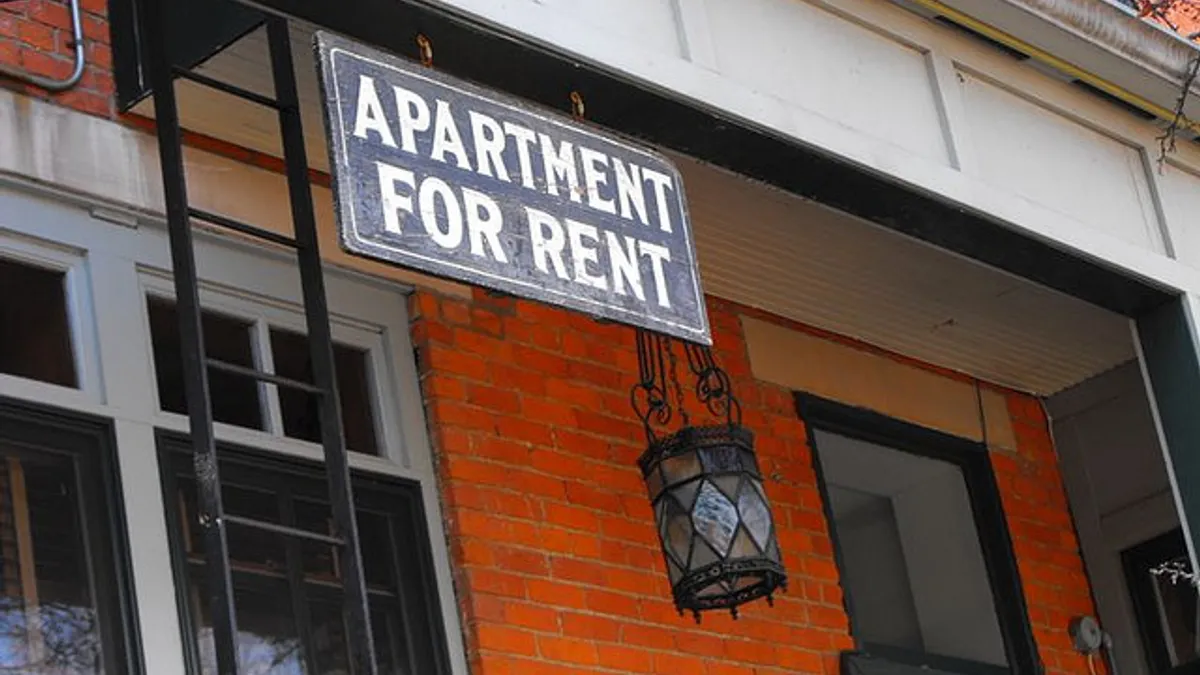Dive Brief:
-
Renters in minority neighborhoods are paying a larger percentage of their income toward rent, a new Zillow analysis found. In predominantly black and Hispanic neighborhoods, housing accounts for 43.7% and 48.1% of income, respectively, while renters in white neighborhoods pay 30.7%. The latter meets current housing affordability standards.
-
The percentage share of income for rent in predominantly black and Hispanic neighborhoods has grown by four and seven percentage points, respectively, in the past five years, compared to a three-percentage-point climb in white neighborhoods.
-
Mortgages for all three groups are more manageable, requiring 13.6% of income in black communities, 15.2% in white communities and 22.8% in Hispanic communities.
Dive Insight:
Rising rents can become a roadblock to homeownership as a larger share of income going to rent means less available to save toward a down payment. For black and Hispanic renters, as an example, the problem is likely further exacerbated by paying greater percentages of income on non-owned housing compared to white renters.
Rental rates are only part of the challenge. Minorities already are facing a tougher climb back from the housing market crash, in part because they may have been more heavily targeted for subprime mortgages.
Research by the Urban Institute shows that Hispanics are on track to account for more than half of household formations between 2020 and 2030, but they face obstacles when it comes to accessing credit.
Access to credit is linked to homeownership rates among blacks, as well, due to predatory mortgages or complete barriers to access, according to the National Association of Real Estate Brokers’ 2016 State of Housing in Black America report, including new types of predatory lending.
In March, Wells Fargo announced a $60 billion lending goal to help increase homeownership opportunities among this group.
For more housing news, sign up for our daily residential construction newsletter.











